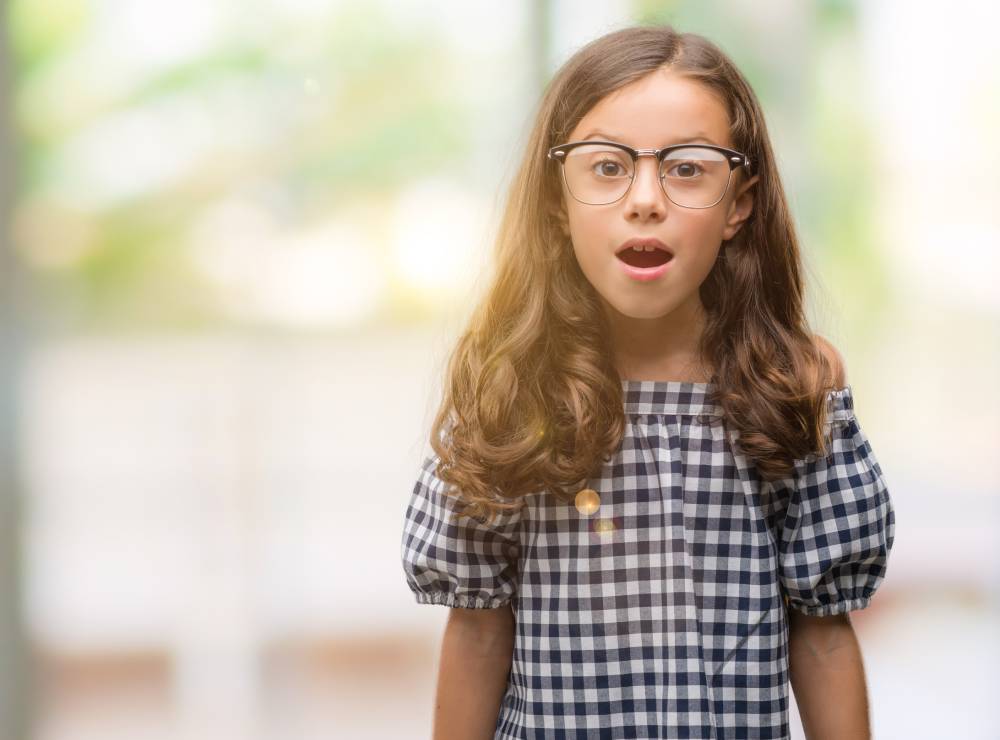
Myopia, also known as nearsightedness, is one of the most common eye conditions. It usually starts in childhood and presents detrimental effects on kids’ lives. Unfortunately, pediatric eye doctors are diagnosing an increasing number of children with myopia more than ever before. Having this condition means that objects close to you appear clear while those at a distance appear blurry.
Causes of Myopia
Several different factors can cause myopia. Usually, the condition is genetic. If you or your partner have myopia, your children will probably have it as well. Also, spending too much time indoors reading or staring at digital screens is likely to cause nearsightedness.
Certain optical factors can also lead to myopia development as the eyes try to compensate for the problem. The weakness or imbalance of the eye muscles can affect how well your eyes focus or work together.
Myopia in Children
In most cases, vision tends to deteriorate faster in kids who develop this condition at a very young age. As well, myopia is often more severe when such kids reach adulthood. Nearsighted kids can find it hard to participate in social and school activities.
For example, difficulty seeing the blackboard can make it difficult for children to keep up with their schoolwork. In most cases, this condition stops worsening when individuals are in their 20s.
Myopia Management
Management of nearsightedness is one of the most important aspects of eye care. It aims to slow down the progression of the condition. When myopia develops in childhood, it increases the risk of an individual developing high myopia. This is especially the case when it develops before 10 years old.
Usually, myopia management begins in childhood and involves particular techniques designed to slow down the condition’s progression. It can involve the use of atropine eye drops or special corrective lenses.
When to Start Myopia Management in Kids
The ideal time to start is as soon as possible. According to studies, the earlier a child develops this eye condition, the faster their vision will continue to worsen. Without proper management, the child will require a progressively stronger prescription.
Proper management of myopia in children can impact you if it begins soon after the eye doctor diagnoses it. You may think that your little one is too young to start treatment. In reality, there is no reason for you to wait and see if the condition worsens. It likely will.
When to Stop Myopia Management in Kids
The best time to stop is when your child reaches adulthood. According to research, this vision condition stops progressing at the age of 16 for about 50 percent of kids. For the other 50 percent, it may continue to worsen with age.
Usually, by the age of 18, about two-thirds of kids with myopia tend to experience a stabilization of their condition. By 21, nearly 90 percent of myopia individuals will see their condition stabilize. However, your eye doctor will determine the best time to stop myopia management.
For more on myopia in children, visit Gregg Family Eye Care at our office in Secane, Pennsylvania. You can call (610) 831-4300 today to schedule an appointment.






